![]() Subscribe to SleepGuard press releases at the SleepGuard RSS Feed
Subscribe to SleepGuard press releases at the SleepGuard RSS Feed
Back in 1999, seven of us set out to revolutionize TMJ dentistry with a new technology.
The dental industry wasn’t ready… and still isn’t.
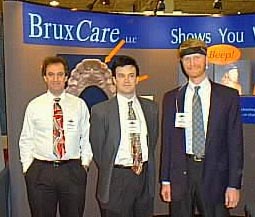 The original company was called BruxCare. The photo at the left was taken as we showed off the first model of the biofeedback headband at a dental show in Dallas in 1999. The product was called GrindAlert. Dentists looked at our product as though it was a space ship. We decided to do some improvements to the biofeedback headband, and those improvements took us two more years and lots of our own money.
The original company was called BruxCare. The photo at the left was taken as we showed off the first model of the biofeedback headband at a dental show in Dallas in 1999. The product was called GrindAlert. Dentists looked at our product as though it was a space ship. We decided to do some improvements to the biofeedback headband, and those improvements took us two more years and lots of our own money.
In 2001 at Yankee Dental Congress in Boston, we showed off a much improved model that looked just like today’s SleepGuard biofeedback headband. We even got on the local TV news that night. A few dentists bought units at that show, but we could see nighttime biofeedback was likely to take many years to be adopted in any big way in dentistry. More on that later.
Here’s what the 7 of us looked like back in 1999, and the other things we were up to back then:
|
|
|
|
|
|
|
|
|
|
|
|
|
|
In talking with dentists at Yankee Dental in 2001, we learned several things that told us that adoption f nighttime biofeedback by dentists was likely to take many years. The first thing we learned was that there were misconceptions in the minds of many dentists concerning nighttime biofeedback, because there had been studies done that showed that biofeedback during the day has only a minor influence (is any) on clenching that happens during sleep, so when many dentists heard the word “biofeedback”, they automatically thought of daytime biofeedback, and did not want to bother with it.
The second thing we learned was that dentists are not covered by the regulations that prohibit doctors from making profit on medical devices, and some dentists expressed concern that offering nighttime biofeedback to patients would reduce the income they get from mouth guards. Even though nighttime biofeedback works very well with mouth guards, we could see that adoption would be slow. By the end of 2006, it became clear that the incorporation of a new technology like nighttime biofeedback into dentistry was likely to be a very long process. Most of the original team moved on to other ventures at that point. The original company was closed down and SleepGuard was reborn to be made available in a non-profit mode directly to consumers.
Who we are at SleepGuard today, and what we provide
In the past eight years, we have enabled many thousands of people to tree themselves from TMJ pain and discomfort. We guarantee results, or you don’t have to pay. We have run this company in a non-profit mode to keep our prices as low as they can be, because everyone deserves a way out of pain.
|
Lee has taught at MIT, designed ICU medical equipment for Hewlett Packard, invented the game Laser Tag, and was the original inventor and founder of SleepGuard. Lee has spent more than half of his adult life volunteering and “giving back”, including over 22,000 hours of his time spent running SleepGuard and helping thousands of people get out of pain, while making his living on his patent law practice. |
|
Jadzia (pronounced “Ya-Ja”) works tirelessly at medical, dental, biofeedback, and pain conferences to inform professionals about the effectiveness of the SleepGuard biofeedback headband. She also speaks four languages. |
|
Evan is meticulous. He personally assembles and tests each SleepGuard unit. |
|
Elizabeth keeps SleepGuard up to date with the ever-changing technology of websites as the world-wide web evolves, the types of devices people browse through evolve, and new internet security challenges arise. |
Behind the scenes at SleepGuard
Besides the principal movers and shakers above, there are lots of people behind the scenes at SleepGuard helping us get thousands of people out of pain, including Kent, Mac, Deb, Tim, Elizabeth, Mark, Emily, Rob, Nick, Mylene, Ed, Dana, Jay, and Bill, whose photos are below.
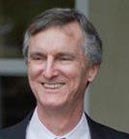
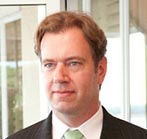
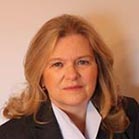
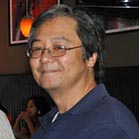


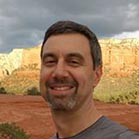
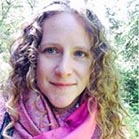
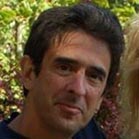
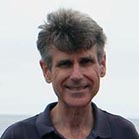
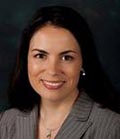
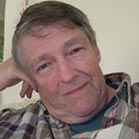
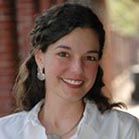
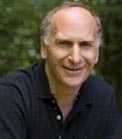
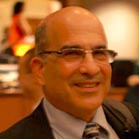
Our Mission
Our mission is to provide the most effective (and the most cost-effective) way for people to get out of the pain and suffering caused by habitual nighttime teeth clenching and grinding.
We are troubled by the fact that for the majority of people, the TMJ-disorder-related treatments currently available from most dentists, chiropractors, and other healthcare practitioners only treat symptoms, and center around the provider profiting endlessly, without treating the source of the problem. We are also troubled by the almost universal lack of money-back guarantees on such treatments. We provide a money-back guarantee for long enough for anyone to determine for sure whether the SleepGuard solution works for them. We freely admit that for about one in five people, we are not the right solution. We are here to help the other four out of five people, who discover we are the right solution.
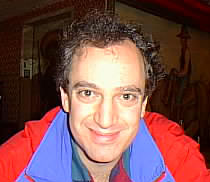 Lee Weinstein (an MIT electrical engineer) had previously invented Laser Tag, and was the one who originally conceived the SleepGuard biofeedback headband, designed the internal analog circuitry, and designed the algorithms of the internal software. Lee was also the manager of the venture in its third year, and took over again several years later and has been managing the venture since 2007.
Lee Weinstein (an MIT electrical engineer) had previously invented Laser Tag, and was the one who originally conceived the SleepGuard biofeedback headband, designed the internal analog circuitry, and designed the algorithms of the internal software. Lee was also the manager of the venture in its third year, and took over again several years later and has been managing the venture since 2007. George Favaloro was a director at Compaq Computer. He ran the group that before 1999 coined the term “cloud computing”. George was an investor, strategist, did some of the original market research, and designed the company’s original web marketing strategy.
George Favaloro was a director at Compaq Computer. He ran the group that before 1999 coined the term “cloud computing”. George was an investor, strategist, did some of the original market research, and designed the company’s original web marketing strategy.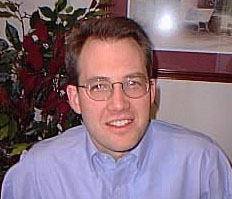 Karl Ulrich (who got his PhD at MIT) was professor at the Wharton Business School, and was also the inventor of the Xooter scooter. Karl was an investor, strategist, and did some of the original market research.
Karl Ulrich (who got his PhD at MIT) was professor at the Wharton Business School, and was also the inventor of the Xooter scooter. Karl was an investor, strategist, and did some of the original market research.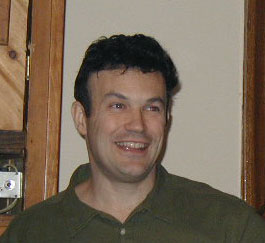 Tom Devlin (who has degrees from MIT and the London School of Design) was (and still is) running Devlin Design, an industrial design consulting practice. Tom did the mechanical engineering and industrial design of the SleepGuard biofeedback headband.
Tom Devlin (who has degrees from MIT and the London School of Design) was (and still is) running Devlin Design, an industrial design consulting practice. Tom did the mechanical engineering and industrial design of the SleepGuard biofeedback headband.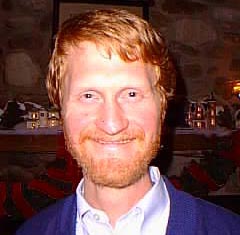 Alex McDonald (who has a degree in Computer Science from MIT and an MBA from Harvard) was running a software company in Texas. Alex was the manager of the venture for the first couple of years, and thought of the original trademarks (BruxCare and GrindAlert).
Alex McDonald (who has a degree in Computer Science from MIT and an MBA from Harvard) was running a software company in Texas. Alex was the manager of the venture for the first couple of years, and thought of the original trademarks (BruxCare and GrindAlert).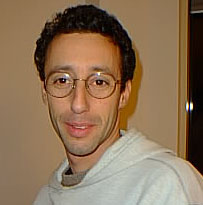 David Winston was doing product design consulting, and designed the microprocessor architecture of the SleepGuard biofeedback headband.
David Winston was doing product design consulting, and designed the microprocessor architecture of the SleepGuard biofeedback headband. Victor Grinberg was working on his PhD in computer science. Victor did the microprocessor firmware programming of the original biofeedback headband.
Victor Grinberg was working on his PhD in computer science. Victor did the microprocessor firmware programming of the original biofeedback headband. Lee Weinstein, CEO & Head of Customer Support
Lee Weinstein, CEO & Head of Customer Support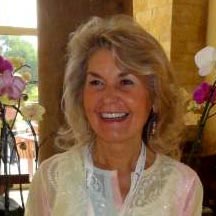 Jadzia Allison, Marketing Specialist
Jadzia Allison, Marketing Specialist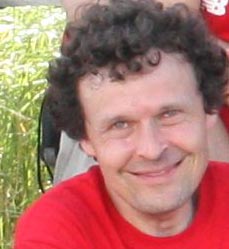 Evan Mulvaney, Manufacturing Specialist
Evan Mulvaney, Manufacturing Specialist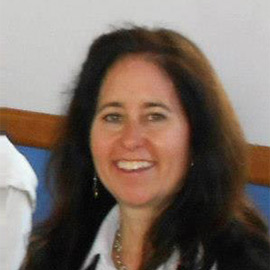 Elizabeth Mullen Matteson, Web Design and Internet Security Specialist
Elizabeth Mullen Matteson, Web Design and Internet Security Specialist